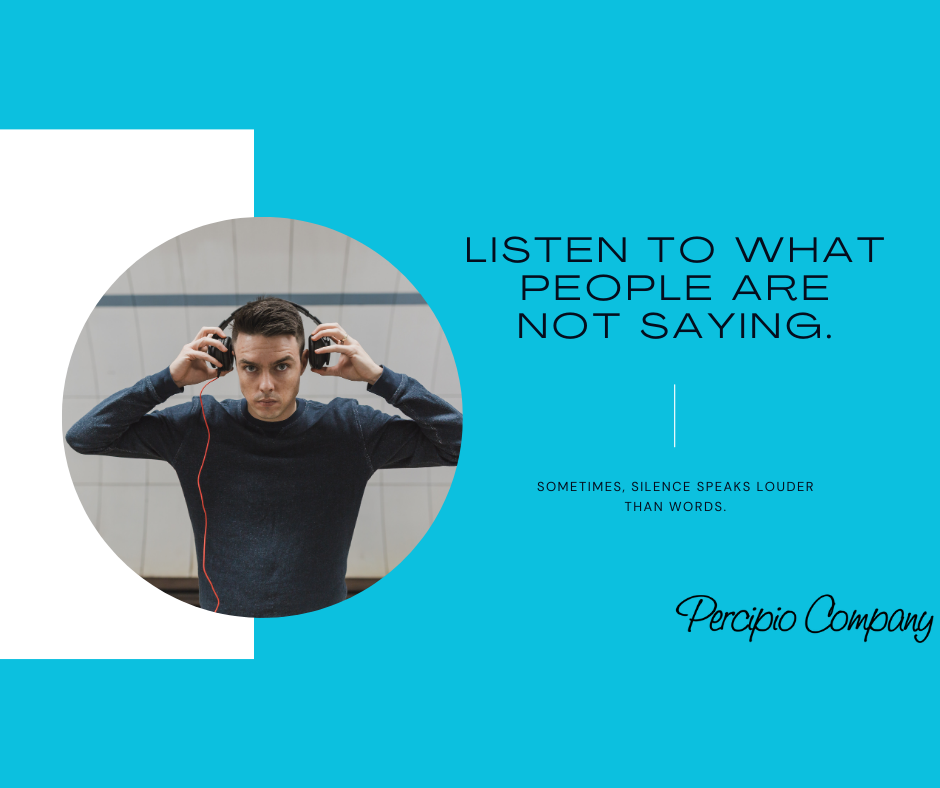Think for a moment how proximity impacts who you reach out to and when? How does proximity impact who you spend time with? A simple reflection from a pre-COVID world brought this to life for me: why did I most frequently reach out to my friends in Denver when I had a layover in the Denver airport? The answer lies in an understanding of proximity bias — a cognitive bias that happens when we overvalue what’s close to us in time and space. Said another way, it’s an unconscious influencer of our decisions. This is different from social biases, which are best measured by behaviors and tend to be normalized across groups of people. Additionally, it is different from institutional biases, which are how these behaviors become formalized over time within organizations. At its core, this is the bias dilemma.
Many decisions are made based on memories of pre-COVID life or what an individual wants to believe rather than on what is. This is at the heart of biased thinking. We all fall into blind spots associated with biased thinking and because these cognitive biases are unconscious, we’re typically not aware it is happening.
So what’s the big deal?
Major corporations in all sectors report large portions of their employees are now working from home. While we’ve proven that virtual meetings CAN be more productive than in-person, what’s often overlooked is the loss of opportunities to spontaneously connect with co-workers. The result is that water cooler moments don’t happen. Spontaneous lunch gatherings? Gone. Elevator pitches don’t happen because people avoid elevators or ride them alone. Even when people do try to meet-up in-person, the reality of social distancing restrictions often makes the experience a bit of a letdown.
For example, our local farmer’s market opened back up, and we made family plans to go. I was so excited. On our way out the door, we checked the kids. Everyone had masks. We were reminded about social distancing. And when we got there the experience was completely opposite of my nostalgic memory. Fewer people attended. Foods were not available to sample. We couldn’t see people’s faces. The lines were long as there were 6 feet of space in between each patron. The reality of the Farmer’s Market in a pandemic was an incredible letdown compared to what I remembered.
Businesses looking to re-open face similar challenges. Many of my clients have talked with me about strained and uncomfortable in-person interactions with their customers. Part of the reason we overvalue in-person meetings is because non-verbal communication and facial expressions fuel the perceived “energy” in a physical conference room. This is what we remember. What we tend to forget is that in-person meetings today require a mask, physical distancing and varying levels of comfort driven not by personality type but rather by perceived biological safety. Do we shake hands? Fist bump? Elbow? Even the smallest of details must be considered. In-person conversations now include awkward elements that we never had to contemplate before. What do you do when someone takes off their mask? Do you take your comfort cues from those around you? Or what happens when someone crosses into the gray area and breaks your “comfort zone” somehow? An error in any one of these details can derail an in-person meeting. How do you maintain a sense of psychological safety when a sneeze or a cough is the equivalent of a gun going off? The survival heuristic says run for cover. Escape. Get away. Now, during the pandemic, our opportunities to connect with co-workers, colleagues and friends are no longer organically born out of proximity to one another. They must be explicitly and intentionally generated.
How do we make the most of these new norms?
Many companies have implemented video calling and virtual meeting services such as Google Meet, Zoom, Microsoft Teams, and Cisco’s WebEx in place of in-person meetings, however, how productive employees are depends on how well they mitigate proximity bias. These video platforms offer full access to observe those crucial facial expressions and provide new ways to design engagement. When we explicitly structure virtual space to make up for the lack of physical proximity, we create the illusion of proximity which allows for all the psychological safety with no risk to our physical well-being. Some starting points are:
- Use video conferencing platforms with an intention to optimize full engagement with everyone on the video call.
- Ensure that you have adequate lighting, good audio, and confident presence.
- Schedule brief (15-30 minutes each) “virtual water cooler” meetings for employees to simply share what is going on with them that day or week.
- Start every work meeting with a brief emotional check-in. It can be something quick. Everyone share one word to describe how you’re feeling!
The objective is to simply leverage the technologies available to us to explicitly create opportunities to connect.
The pandemic has dramatically changed the world around us. Some of those changes are here to stay. As the pandemic continues, it’s critical we remain aware of how our biases impact the choices we make. It’s also critical we make choices to acknowledge those biases and make changes to ensure we stay safe and healthy. Companies are seeing benefits from being able to recruit a geographically dispersed workforce and remote working. These upsides of the new reality are positive as are new ways to keep our workforce safe during a pandemic. Taking steps to create a new sense of proximity as things change will impact productivity, efficiency, and ultimately the bottom line.
Maybe one day the Farmers Market will return to some semblance of what I remember. Maybe not. As long as physical proximity to each other is hazardous to our collective health, we must make decisions that help limit the spread of COVID-19. And to move beyond just surviving, we need to distance our thinking from the nostalgia of what was and increase the proximity of our thinking to what is.
Learn more about Proximity Bias by contacting us HERE

Percipio Company is led by Matthew Cahill. His deep expertise in cognitive, social, and workplace biases is rooted in the belief that if you have a brain, you have bias®. He works with executives to reduce mental mistakes, strengthen workplace relationships & disrupt existing bias within current HR processes, meeting protocols and corporate policies. Matthew has demonstrated success with large clients like LinkedIn, Salesforce and dozens of small to mid-size companies looking to create more inclusive workplaces, work smarter, generate more revenue and move from bias to belonging®.






